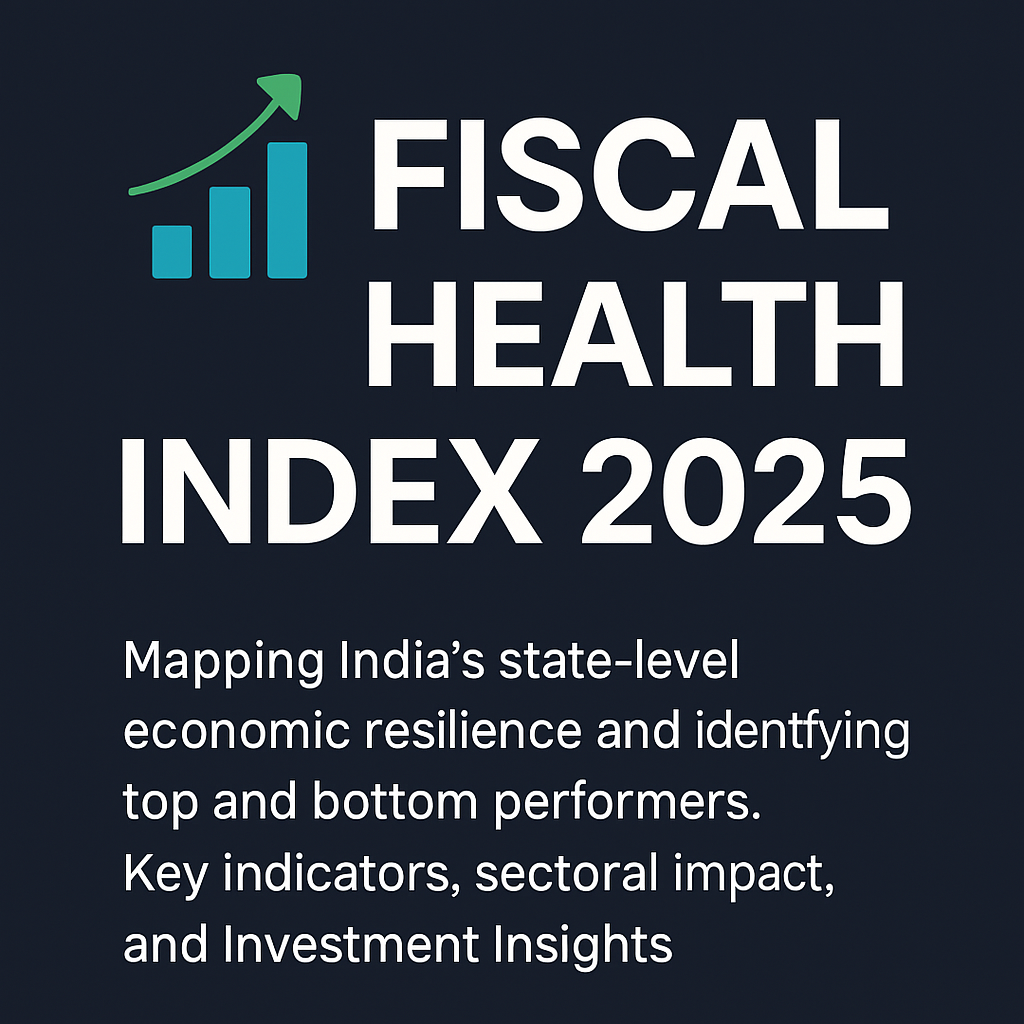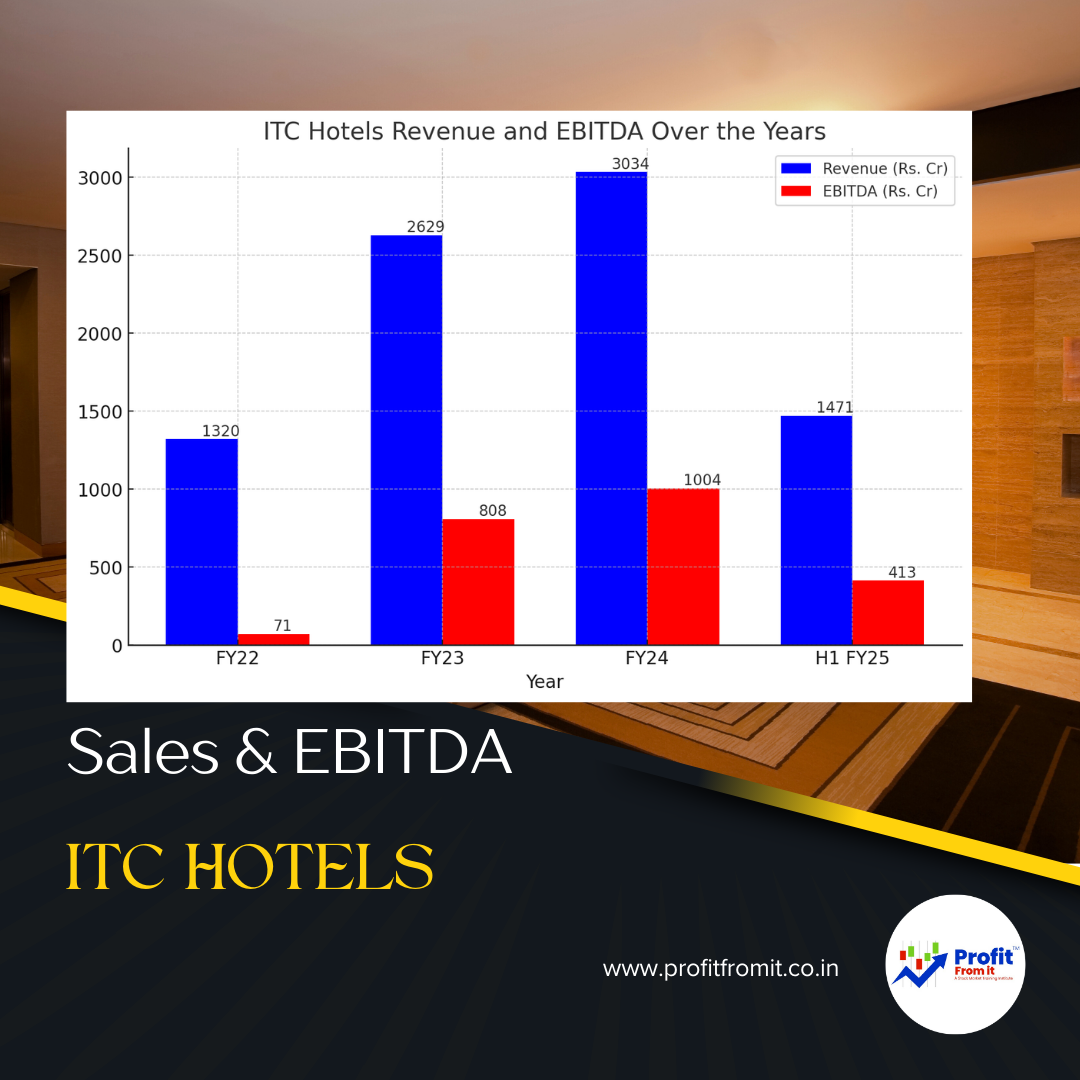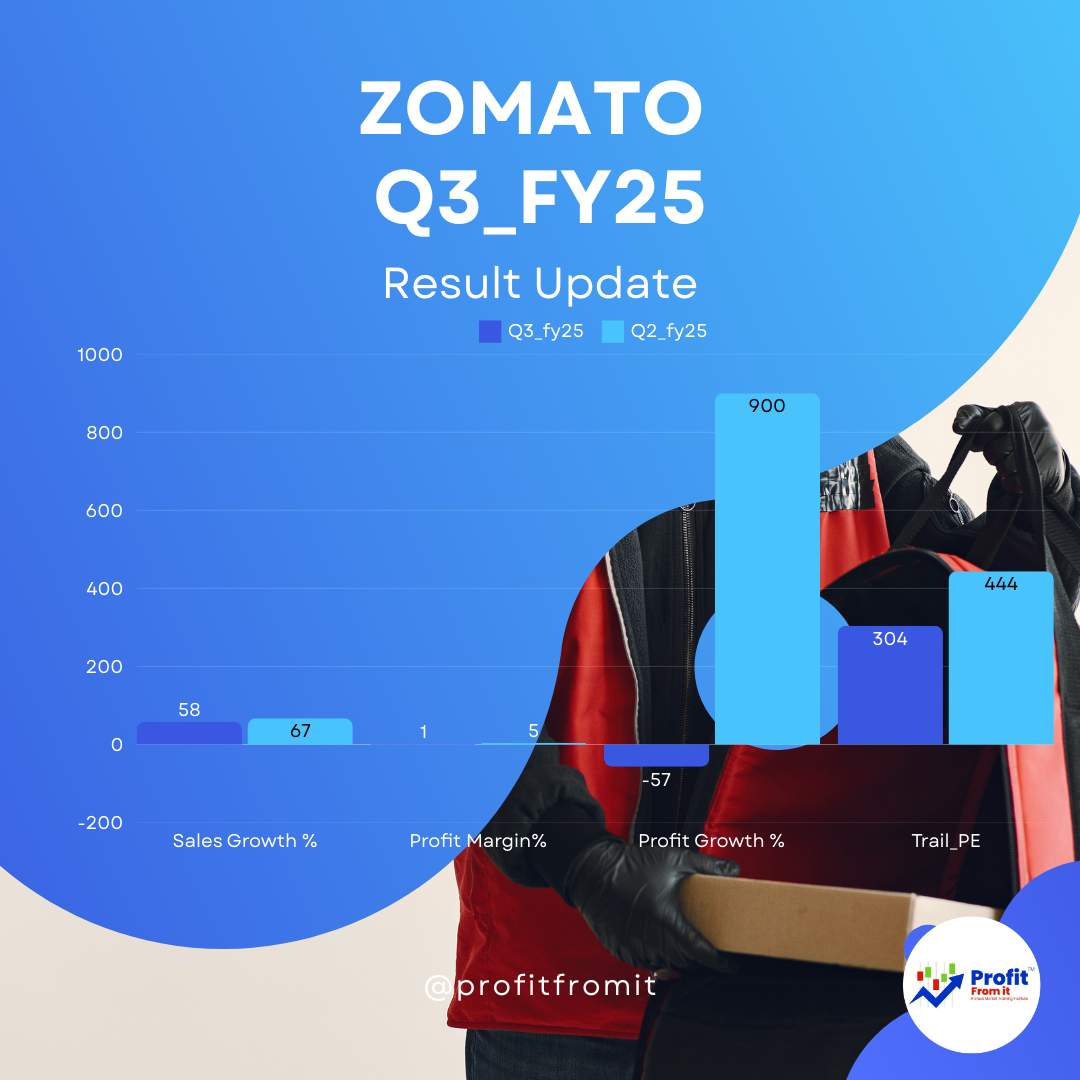

🧠 Fiscal Health Index 2025:
Strategic Insights for Long-Term Investors in the Indian Economy
— Mapping State-Level Economic Resilience
📅 Published by NITI Aayog | April 2025
🎯 Introduction
India’s economic growth trajectory is increasingly shaped by state-level fiscal performance, with states managing nearly two-thirds of the public expenditure. To empower investors, policymakers, and economic strategists, NITI Aayog introduced the Fiscal Health Index (FHI) — a data-driven benchmark for assessing fiscal prudence across 18 key Indian states.
📊 Key Indicators of the Fiscal Health Index
The FHI is built upon five critical pillars, each shedding light on different dimensions of a state’s financial health:
🔹 1. Revenue Generation & Mobilization
Own Tax & Non-Tax Revenue Efficiency
Tax Buoyancy 📈 (Sensitivity of tax revenue to GSDP growth)
🎯 Why It Matters: Reflects a state's ability to generate funds internally to support infrastructure, governance, and economic initiatives.
🔹 2. Expenditure Management & Prioritization
Quality of Developmental vs. Administrative Expenditure
Capital Expenditure % of GSDP 🚧
🎯 Why It Matters: High-quality spending builds infrastructure and boosts industrial ecosystems, creating strong investment environments.
🔹 3. Debt Management
Debt-to-GSDP Ratio
Interest Payments to Revenue Receipts (IP/RR) 💸
🎯 Why It Matters: Lower debt ratios allow greater economic headroom and fiscal flexibility.
🔹 4. Fiscal Deficit Management
Fiscal Deficit as % of GSDP
Compliance with statutory thresholds 📜
🎯 Why It Matters: Fiscal prudence minimizes macroeconomic risks, inflationary pressure, and market volatility.
🔹 5. Overall Fiscal Sustainability
Holistic evaluation of revenue, expenditure, deficit, and debt
Debt Portfolio Sustainability ⚖️
🎯 Why It Matters: Long-term economic viability hinges on fiscal resilience and structural stability.
🌟 Top Performing States (FHI Score > 50)
💼 Leaders in Fiscal Discipline and Economic Readiness
| Rank | State | FHI Score | Key Strengths |
|---|---|---|---|
| 🥇 1 | Odisha | 67.8 | Top in Debt Index (99.0), high capital outlay (27%) |
| 🥈 2 | Chhattisgarh | 55.2 | Debt control, coal & mining revenue, capex focus |
| 🥉 3 | Goa | 53.6 | Robust non-tax revenue, strong revenue administration |
| 🏅 4 | Jharkhand | 52.0 | Efficient mining premium collection, good fiscal mix |
| 🏅 5 | Gujarat | 50.1 | Balanced fiscal model with industrial support structure |
✅ Investor Takeaway: These states offer high growth potential in infrastructure, energy, mining, industrial parks, and public-private partnership (PPP) projects.
🚨 Bottom Tier States (FHI Score < 50)
⚠️ Regions with Elevated Fiscal Risk
| State | FHI Score | Fiscal Challenges |
|---|---|---|
| ❌ Punjab | 43.5 | Rising debt burden, low capital allocation (10%) |
| ❌ Andhra Pradesh | 45.0 | Weak revenue performance, high fiscal deficit |
| ❌ West Bengal | 47.2 | Unsustainable debt-to-GSDP, poor expenditure priorities |
| ❌ Kerala | 46.1 | Revenue strain, high recurring costs |
| ❌ Rajasthan | 48.6 | Low development capex, fiscal stress indicators |
🔍 Investor Watchlist: Exercise caution. Monitor these states for fiscal reforms or Union support packages before allocating long-term capital.
🧩 Sectoral Outlook Based on State Rankings
| Sector | Strong in These States | Potential Beneficiary Companies (Listed) |
|---|---|---|
| 🚜 Mining & Metals | Odisha, Chhattisgarh, Jharkhand | NMDC, Vedanta, Hindalco, MOIL |
| ⚡ Power & Utilities | Odisha, Goa, Chhattisgarh | NTPC, JSW Energy, Tata Power, Adani Power |
| 🏗️ Infra & EPC | Gujarat, Odisha, UP, Karnataka | L&T, GR Infraprojects, PNC Infratech |
| 🏦 Financial Services | Gujarat, Maharashtra | HDFC Bank, ICICI Bank, SBI, Kotak Bank |
🎯 Long-Term Strategy: Prioritize companies operating or expanding in fiscally stable states to capitalize on public spending, policy incentives, and economic stability.
💼 Actionable Takeaways for Long-Term Investors
✔️ Monitor FHI updates annually — fiscal improvement is a long-term signal.
✔️ Capital Expenditure Ratio = Early indicator of infra-driven growth.
✔️ Keep an eye on Debt Index & IP/RR ratios — lower is better.
✔️ Prioritize sectors where non-tax revenue like mining royalties or energy tariffs drive state income.
✔️ Combine fiscal data with corporate results to map exposure to high-growth geographies.
⚠️ Disclaimer
This report is intended solely for educational purposes. It does not constitute investment advice. Investors are advised to conduct their own research and consult with registered professionals before making investment decisions.



 for Investors The provided chart outlines key metrics for Nifty 500 companies across different periods (FY22 t.png)





